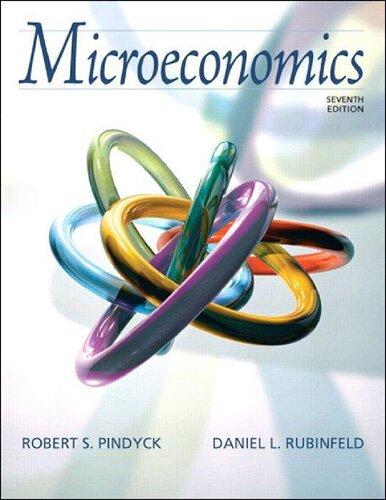1.1. In 1996, Congress raised the minimum wage from $4.25 per hour to $5.15 per hour, and...
Question:
1.1. In 1996, Congress raised the minimum wage from $4.25 per hour to $5.15 per hour, and then raised it again in 2007. (See Example 1.3 [page 13].) Some people suggested that a government subsidy could help employers finance the higher wage. This exercise examines the economics of a minimum wage and wage subsidies. Suppose the supply of low-skilled labor is given by LS = 10w where LS is the quantity of low-skilled labor (in millions of persons employed each year), and w is the wage rate (in dollars per hour). The demand for labor is given by LD = 80 − 10w
a. What will be the free-market wage rate and employment level? Suppose the government sets a minimum wage of $5 per hour. How many people would then be employed?
b. Suppose that instead of a minimum wage, the government pays a subsidy of $1 per hour for each employee. What will the total level of employment be now? What will the equilibrium wage rate be?
Step by Step Answer:







